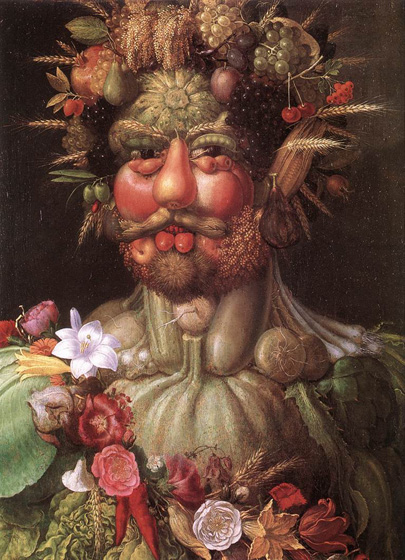I don’t know if it’s because of the International Year of the Potato, but there’s been a fair amount on the spud in the news lately. I nibbled a few days ago news of a paper which will cause a major rethink on the worldwide spread of the potato. Virtually all modern potato varieties are derived from landraces from the lowlands of southern and central Chile. Why? Some people think it’s because those are the first ones that arrived in Europe. Others that there were also highland Andean varieties in Europe, but that they got wiped out by late blight. But analyzing DNA from old herbarium specimens shows that both types of potatoes were grown in Europe both before and after late blight hit. So a new theory is needed.
Then there was a short piece on the CIP collection in LatinAmericaPress. Note the cool picture of diversity in the colour of potato flesh. I’m not sure what prompted the article, but it may have been a CGIAR press release on how the international centres, including CIP, are sending germplasm for safety duplication in Svalbard in time for the opening in three weeks’ time.
CIP was also in the news with the announcement of the establishment of Red Latinpapa. That’s the Latin American Network for Innovation on Potato Improvement and Dissemination. Its “aim is to help poor potato farmers in Latin America improve their income and reduce costs by making it easier for them to access new technologies and varieties and getting their input into what traits are most useful.” Among other things, “Latinpapa will stimulate exchange and analysis of genetic material between researchers in the region.” A busy time ahead for the CIP genebank, and national genebanks around the region, I guess.
And finally, a bit of fun. Remember the picture of sliced potatoes in the LatinAmericaPress article showing lots of different colours and patterns? Of course, because of the relatively narrow base of modern potato varieties, as described in that USDA paper I started with, we don’t get potato chips (crisps for the Brits among us) in all these different colours. Bummer.
But maybe we will soon. Someone in Switzerland is indeed working on a blue chip. But in fact mixtures of blue and white chips are already commercially available in the US. Although they “have a weird flavor that is not quite potato.” Sounds intriguing…
